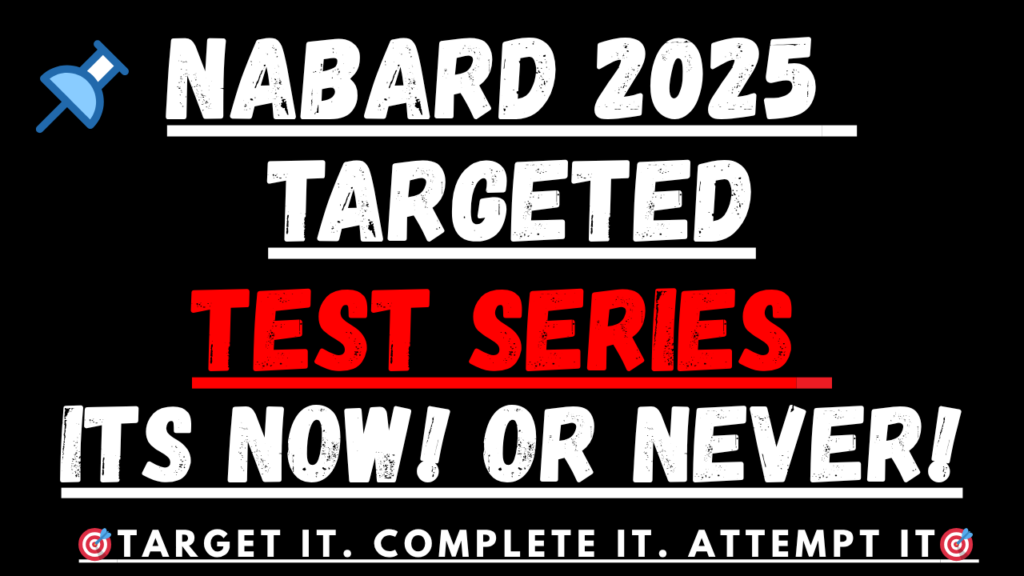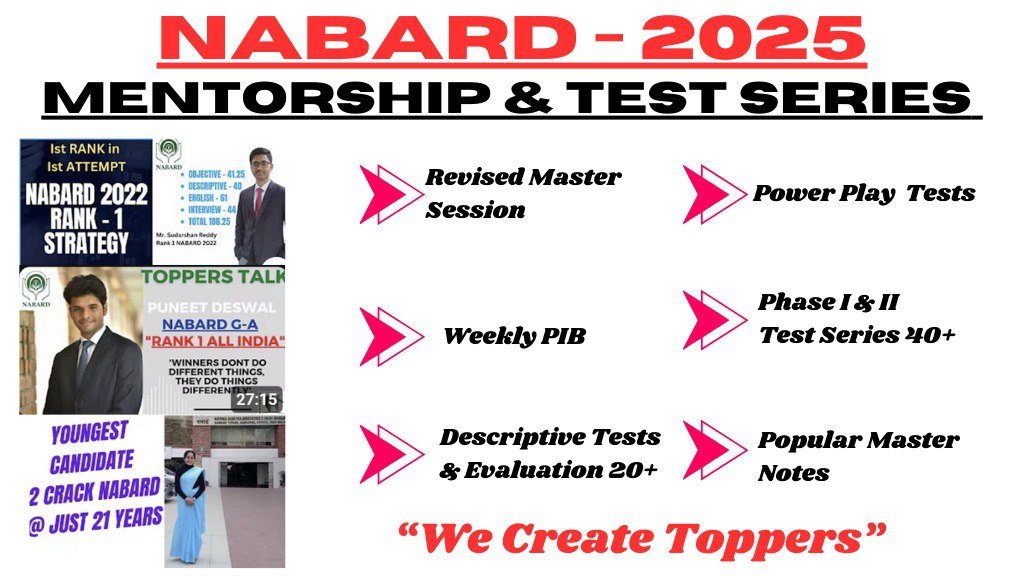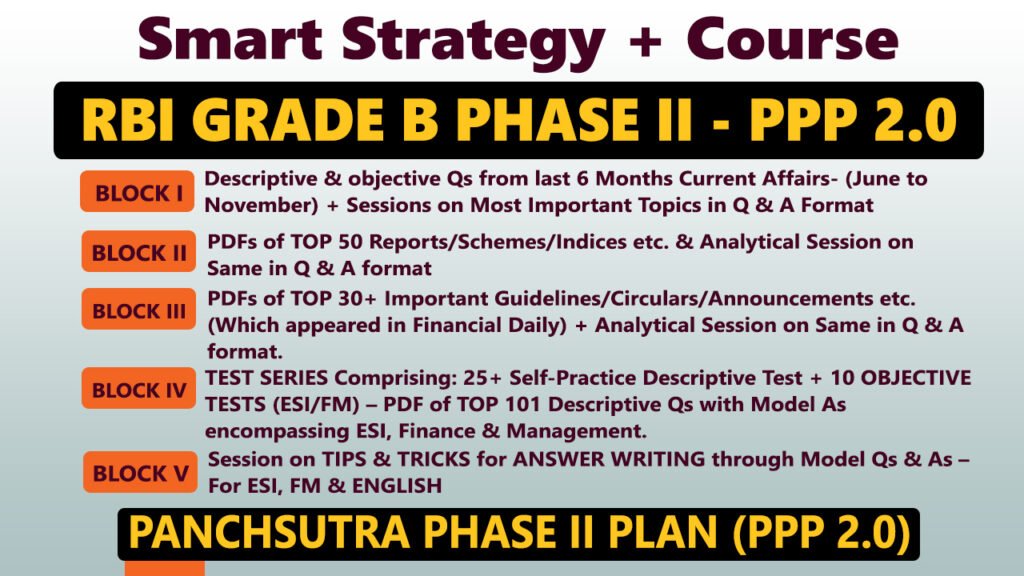Source: Mint
Context:
The Securities and Exchange Board of India (SEBI) unveiled the Single Window Automatic & Generalised Access for Trusted Foreign Investors (Swagat-FI) on 12 September 2025 the most comprehensive reform of foreign investment rules to date. The framework is designed to simplify onboarding, unify investment routes, and attract long-term global capital into India.
Key Features of SWAGAT-FI
- Targeted Investors: The framework is designed for “low-risk” foreign investors, including sovereign wealth funds, central banks, pension funds, global insurance companies, and large mutual funds. These entities are typically government-owned or have a strong track record of stable investments.
- Simplified Registration: SWAGAT-FI offers a single-window registration process, reducing the complexity and time required for foreign investors to enter the Indian market.
- Extended Validity: Registered entities under this framework will benefit from an extended registration validity of 10 years, providing greater stability and predictability for long-term investments.
- Streamlined Compliance: The framework aims to ease ongoing compliance requirements, making it more efficient for trusted foreign investors to operate within India’s regulatory environment.
Objectives and Implications
- Stabilizing FII Flows: By attracting long-term, stable foreign investments, SWAGAT-FI seeks to mitigate the impact of short-term capital outflows and enhance the resilience of Indian capital markets.
- Boosting Market Confidence: The initiative is expected to bolster investor confidence in India’s financial markets, signaling a commitment to fostering a conducive environment for foreign investments.
Challenges & Considerations
- Heightened Scrutiny: Single demat accounts improve transparency but may increase regulatory monitoring of fund flows.
- Complex Tax Landscape: Layered tax compliances, multiple treaty interpretations, and withholding tax regimes continue to create ambiguity and compliance costs.
- Next Steps: Experts suggest harmonising tax processes with the Income Tax Department and RBI to fully realize the framework’s benefits.



















